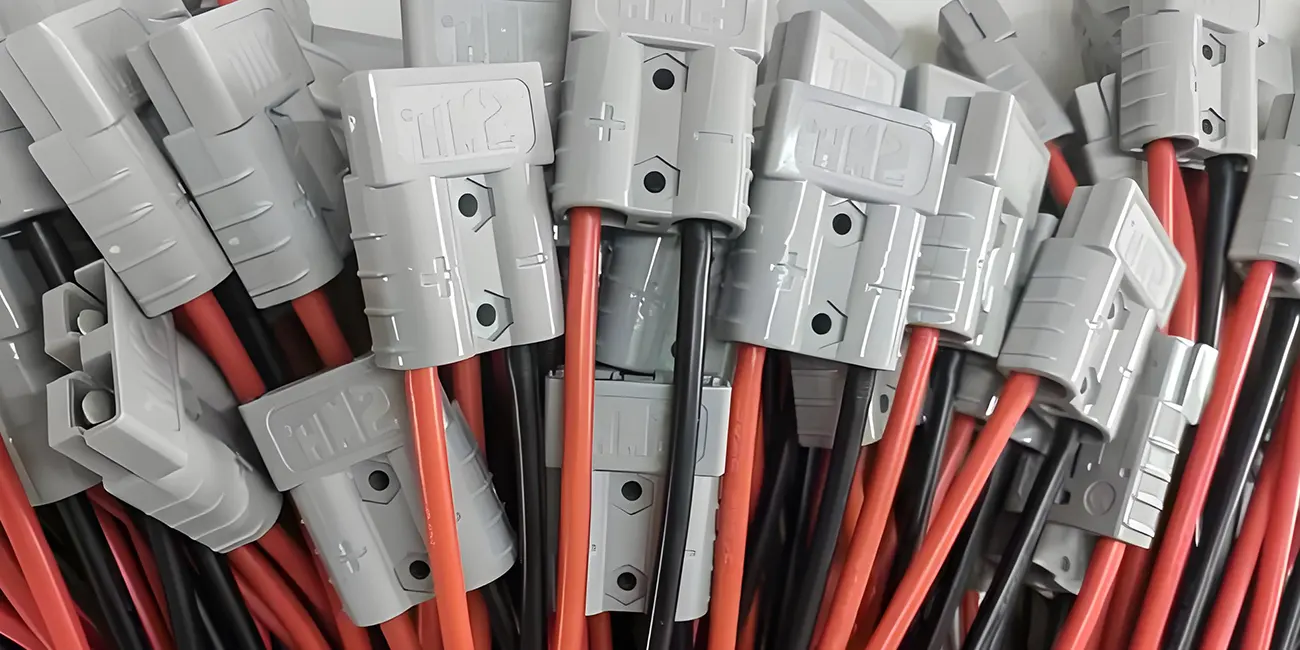
By quanyu lee
2025-05-17 02:03:34
Low Voltage Harness Guide
The rated voltage of low-voltage wiring harness is usually below 60V. Traditional fuel vehicles generally use 12V DC voltage (some hybrid or pure electric vehicles may increase to 48V). Unlike high-voltage wiring harness (300V and above), low-voltage wiring harness does not involve driving power transmission, but focuses on signal transmission and low-power power supply, which complements high-voltage wiring harness.
Low-voltage wiring harnesses are used to transmit control signals and low-power electricity, such as lights, air conditioners, audio, sensors and other non-power system equipment. They must meet environmental adaptability requirements such as heat resistance (-40℃~125℃), cold resistance, and waterproof (IP67 and above), and the wires must be made of copper to ensure conductivity.

Comparison table of low-voltage and high-voltage wiring harnesses
| Contrast items | Low-voltage wiring harness | High-voltage wiring harness |
| Voltage range | ≤60V (mainstream 12V/48V) | ≥300V (new energy vehicles) |
| Core use | Signal transmission, low power supply | High-voltage power transmission between power battery and motor |
| Insulation requirements | Conventional multi-layer insulation | Composite insulation material, resistant to high-voltage breakdown |
| Typical applications | Body control systems, entertainment equipment | Motor, charging system, battery management system |

Note: Low-voltage wiring harnesses must comply with industry standards such as QC/T 29106-2014 and JB/T 8139-1999 to ensure short-circuit and anti-interference capabilities. Avoid mixing with high-voltage wiring harnesses in the design to prevent safety hazards caused by accidental touch or aging.

The low-voltage wiring harness is mainly composed of the following components:
Wire: Copper-clad steel or copper-clad aluminum conductor, taking into account both conductivity and mechanical strength, with cross-sectional area specifications including 0.5, 0.75, 1.0 square millimeters.
Connectors and terminals: Waterproof and non-waterproof connectors, which need to be used as a set to ensure connection reliability.
Protective materials: PVC insulating tubes, corrugated tubes, sealing rubber sleeves, etc., to meet the requirements of waterproof (IP67 and above) and wear resistance.
Fixing devices: Plastic brackets, metal buckles, cable ties, etc., to ensure that the wiring harness is stably fixed in a vibrating environment.

The low-voltage wiring harness is the "nerve network" of the automotive electrical system. Its design must take into account conductivity, environmental adaptability and safety, and continue to iterate and optimize under the trend of new energy and intelligence.



